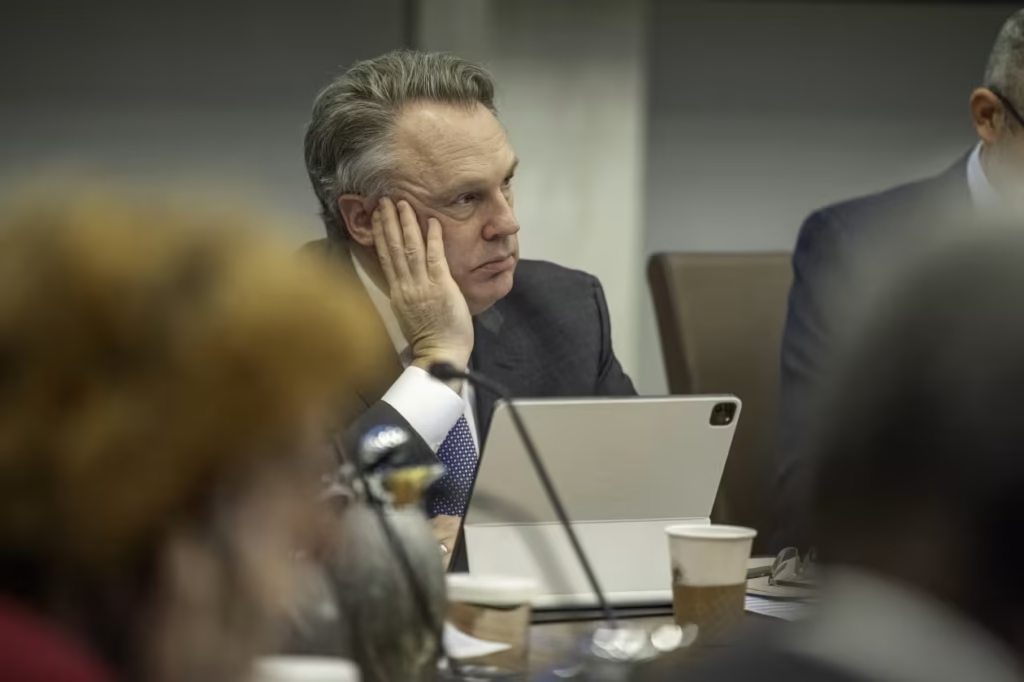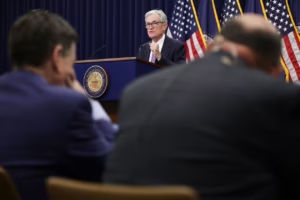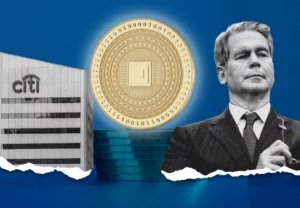A senior Federal Reserve official stated on Friday that there are new indications that consumers might be cutting back on their spending, which could result in weaker future economic development.
In an interview with Bloomberg, New York Fed President John Williams stated, “We are hearing more reports from businesses and others that consumers are starting to pare back some of that consumer spending.”
According to him, consumers have been doing fairly well, but they also seem to be getting ready for potential tariffs.
One of the central bank’s important leaders is Williams. He has a vote on the central bank’s interest-rate decisions and is seen as a close supporter of Fed Chair Jerome Powell.
One of the main concerns for economists is consumer health. The situation is unclear: According to studies, consumers are concerned about their earnings and jobs as well as the potential increase in inflation brought on by tariffs.
Earlier this year, so-called hard data began to indicate a decline in spending, but that was overshadowed by customers beginning to buy more imported items in an effort to beat rising prices.
Economists are concerned about that spending spike because it may lead to weaker spending in the months to follow as consumers “pulled forward” their purchases.
Already, the economy has slowed considerably. The first quarter’s gross domestic product shrank somewhat, but the spike in imports also clouded the numbers.
The Fed policymakers appeared to ignore the dismal GDP reading during their meeting this week.
“Although swings in net exports have affected the data, recent indicators suggest that economic activity has continued to expand at a solid pace,” their statement of policy stated.
In the GDP report, Powell emphasized one aspect of consumer spending: private domestic final purchases, which do not include the trade sector, which he said increased at a “solid” 3% rate.
Powell acknowledged, however, in the Q&A session that followed the Fed’s meeting that the robust increase in final purchases was probably driven by consumer demand for imports.
Powell stated, “That might actually overstate” the level of demand.
According to NerdWallet senior economist Elizabeth Renter, there is some indication that people are starting to cut back, but only “in pockets.”
“The closer you get to boots on the ground, I think the more likely you are to hear this,” she wrote in her email.
Next Monday, the government will make its April retail sales data public. That might give a head start on any decline in customer demand.
Only a modest 0.1% increase in retail sales is anticipated in April, according to Wall Street Journal economists. In the last four months, that would be the third poor reading.
The labor market may be impacted if consumer spending declines. That could encourage the Fed to start lowering interest rates.
For the third consecutive meeting, the Fed kept interest rates unchanged at its meeting this week, keeping them between 4.25% to 4.5%.
The central bank issued a warning, stating that tariffs were increasing the likelihood of both greater inflation and increased unemployment.
Investors are factoring in two similar actions before the end of the year, as well as a possible 25 basis point rate cut in July.
However, Fed officials are concerned that the tariffs may continue to raise inflation. Customers may begin to believe that price increases are the norm given the rate of inflation since 2021, which would lead to increasing inflation pressure on its own.
Williams reiterated in the Bloomberg interview the main point of Powell’s press conference, which was that the Fed’s decision to hold steady on interest rates was motivated by uncertainties about the outlook.
“There’s a lot of uncertainty about what’s happening with trade policy or other policies,” Williams stated. “Once we have that better information, we can assess the situation and make better decisions.”
During his press conference, Powell used the term “wait” 25 times, according to Gregory Daco, chief economist at EY.





